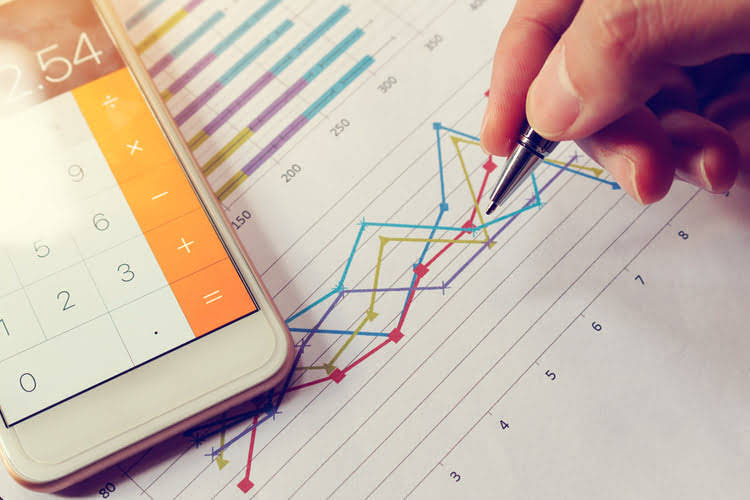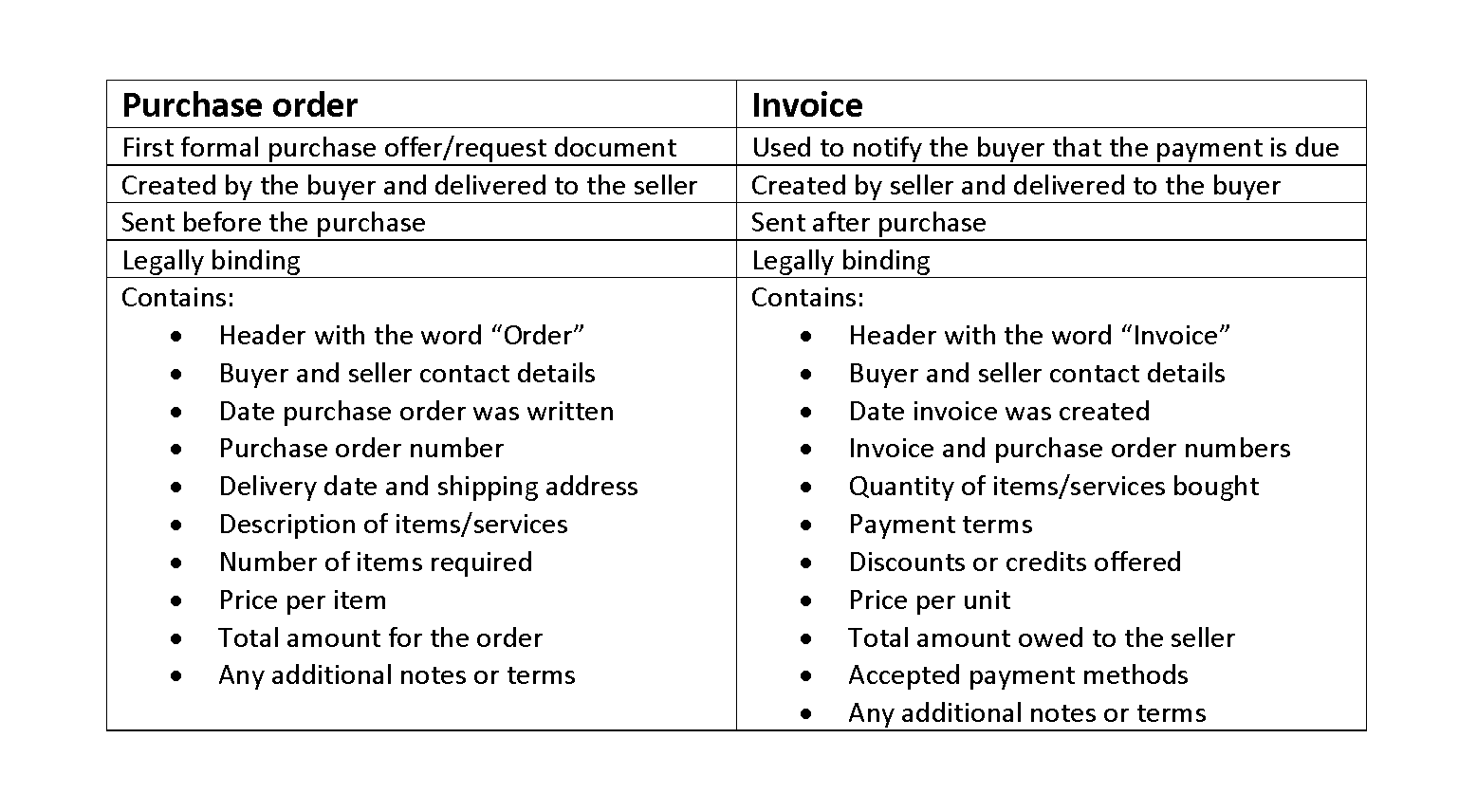
The cash flow statement is similar to the income statement in that it tracks the money that comes in and out of your business. However, the cash flow statement is more specific about when these transactions occur. For example, in your income statement, you might have https://www.instagram.com/bookstime_inc listed an invoice in your sales, but your client might have 30 days to pay the invoice. The cash flow statement records the actual date the cash is received. Keeping accurate records of your cash flow with this financial statement is vital to keeping your company afloat. Using the LIFO inventory costing method means you assume the items purchased recently are the first ones sold.

Calculating Ending Retail Inventory
- The retail method works only if the retailer’s markup on the inventory is consistent across their entire inventory.
- The cost accounting method calculates your inventory based on the price it costs you to buy them.
- We have financial relationships with some companies we cover, earning commissions when readers purchase from our partners or share information about their needs.
- The specific identification is another inventory costing method that tracks the cost of each item you have in stock by assigning a different price to each item, usually with SKUs.
FIFO inventory costing assumes any inventory left on hand at the end of the accounting retail accounting period should be valued at the most recent purchase price. Anything purchased at an older price would have been discarded due to spoilage and lapsing expiration dates. Specific identification inventory costing attaches cost to specific items in inventory. The specific identification method of inventory costing applies primarily to high-ticket items, like automobiles.

Best Accounting Software for Small Businesses of 2024

If you buy goods for $70 and sell them for $100, your cost-to-retail ratio is 70 percent. No, but it is a faster way of determining ending inventory and the COGS without performing a physical count. This ending inventory at retail will be used later in Step 6 and serve as your beginning inventory at retail for your next period calculation. We believe everyone should be able to make financial decisions with confidence. A balance sheet is an important resource for keeping track of assets, liability, and equity. On one side of the balance sheet, you list your assets, such as https://www.bookstime.com/accounting-services-for-startups equipment.
- Without a solid accounting system built around the retail method, businesses would be forced to determine beginning inventory and ending inventory information manually.
- The FIFO accounting method assumes that the inventory purchase costs will also be recognized first and the value of your total inventory will decrease.
- Compared to Xero and QuickBooks, Zoho Books have limited integration options, however, it’s affordable and can be paired with crucial business tools.
- LIFO inventory costing is essentially the reverse of FIFO inventory costing.
- When doing retail accounting, there are a couple of different inventory valuation methods.
- The retail method is different — it values inventory based on the retail price of the inventory, reduced by the markup percentage.
Managing inventory cost: Your biggest challenge
Led by Mohammad Ali (15+ years in inventory management software), the Cash Flow Inventory Content Team empowers SMBs with clear financial strategies. We translate complex financial concepts into clear, actionable strategies through a rigorous editorial process. Let’s turn those seemingly jumbled numbers into a clear picture of your financial health and unlock the path to success.
- Due to the intricacies in its calculation, cost accounting is the more accurate method, however, it requires complex calculations.
- The retail accounting method considers the price you sell your inventory.
- This allows the retailer to quickly arrive at an approximate value of inventory, without having to take a physical count or match cost to items still on hand.
- Short multiple-choice tests, you may evaluate your comprehension of Inventory Management.
- Doing so can save you time at the end of the year when you’re preparing tax statements, and it helps you keep track of your revenue and profits.
- In simple terms, retail accounting involves calculating the cost of inventory in relation to its selling price.

Part of the crux of running a retail business is accurately accounting for current inventory. According to the FIFO method, when you sell 20, 30, 40, or less than 100 pens, the total cost is calculated considering the price for the first batch ($0.5 each). By consistently calculating and monitoring your COGS, you gain valuable insights into your business’s efficiency and profitability. This empowers you to make informed decisions about your pricing strategy, inventory management, and overall financial health. Beginning inventory refers to the inventory at the end of the previous period.
